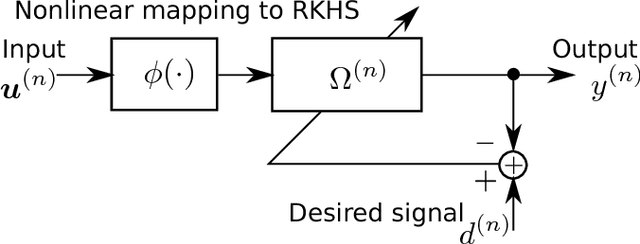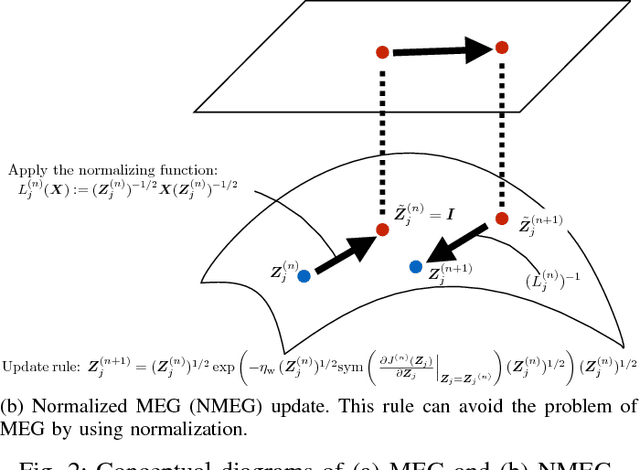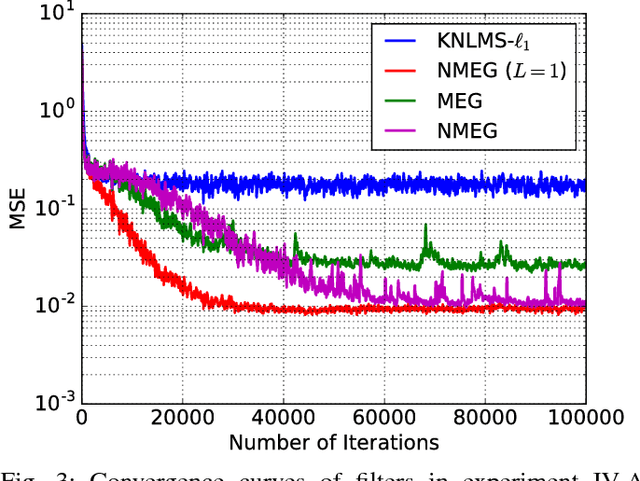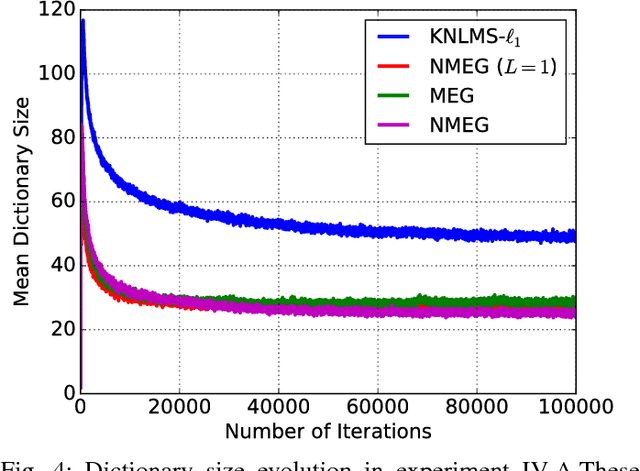Kosuke Fukumori
Robotic Backchanneling in Online Conversation Facilitation: A Cross-Generational Study
Sep 25, 2024



Abstract:Japan faces many challenges related to its aging society, including increasing rates of cognitive decline in the population and a shortage of caregivers. Efforts have begun to explore solutions using artificial intelligence (AI), especially socially embodied intelligent agents and robots that can communicate with people. Yet, there has been little research on the compatibility of these agents with older adults in various everyday situations. To this end, we conducted a user study to evaluate a robot that functions as a facilitator for a group conversation protocol designed to prevent cognitive decline. We modified the robot to use backchannelling, a natural human way of speaking, to increase receptiveness of the robot and enjoyment of the group conversation experience. We conducted a cross-generational study with young adults and older adults. Qualitative analyses indicated that younger adults perceived the backchannelling version of the robot as kinder, more trustworthy, and more acceptable than the non-backchannelling robot. Finally, we found that the robot's backchannelling elicited nonverbal backchanneling in older participants.
Generalized Gaussian Kernel Adaptive Filtering
Apr 25, 2018



Abstract:The present paper proposes generalized Gaussian kernel adaptive filtering, where the kernel parameters are adaptive and data-driven. The Gaussian kernel is parametrized by a center vector and a symmetric positive definite (SPD) precision matrix, which is regarded as a generalization of the scalar width parameter. These parameters are adaptively updated on the basis of a proposed least-square-type rule to minimize the estimation error. The main contribution of this paper is to establish update rules for precision matrices on the SPD manifold in order to keep their symmetric positive-definiteness. Different from conventional kernel adaptive filters, the proposed regressor is a superposition of Gaussian kernels with all different parameters, which makes such regressor more flexible. The kernel adaptive filtering algorithm is established together with a l1-regularized least squares to avoid overfitting and the increase of dimensionality of the dictionary. Experimental results confirm the validity of the proposed method.
 Add to Chrome
Add to Chrome Add to Firefox
Add to Firefox Add to Edge
Add to Edge